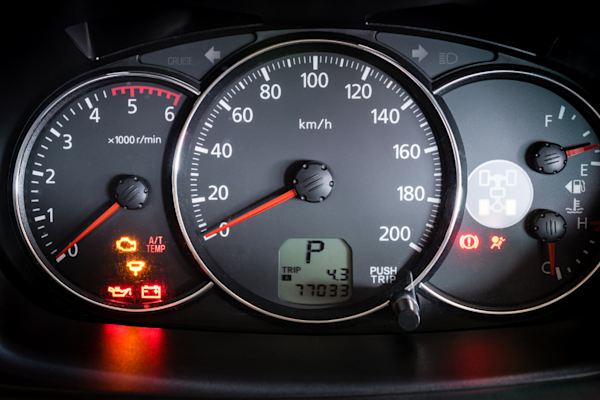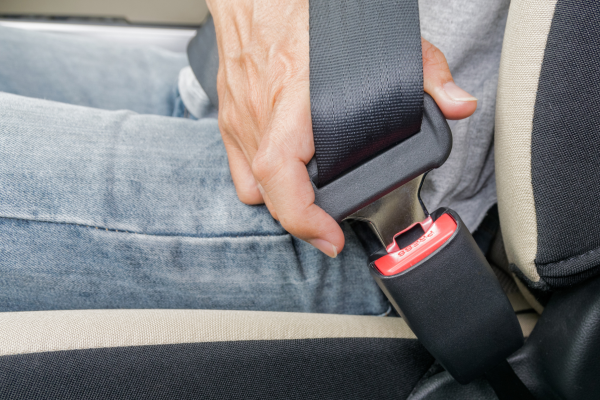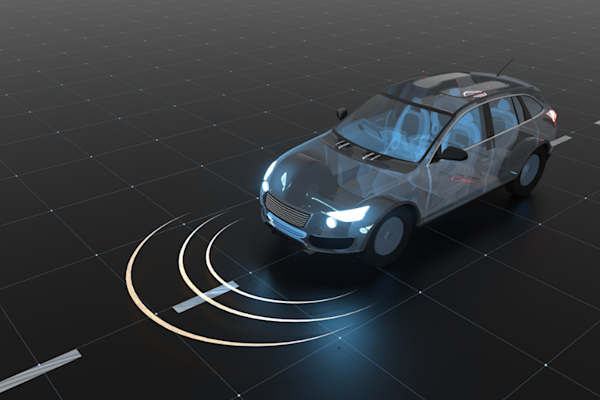Car Safety
Shifting Gears: Breaking Offensive Driving Habits for Safer Travel

Understanding Offensive Driving Habits
Offensive driving habits are behaviors exhibited by drivers who drive aggressively, selfishly, or with little regard for the safety and convenience of other road users. These habits often lead to accidents, road rage incidents, and an overall increase in the stress levels on the road. Common offensive driving habits include speeding, tailgating, weaving in and out of traffic, and ignoring traffic signals. It is crucial to recognize these habits in our own driving to make positive changes.
The Risks of Aggressive Driving
The consequences of aggressive driving are severe and potentially life-altering. Drivers displaying these habits have a higher risk of causing accidents, which can result in injuries or fatalities. Moreover, aggressive driving tends to increase conflict on the road, leading to altercations or even violent confrontations. It also results in harsher penalties from traffic authorities, including fines, license suspension, or increased insurance premiums.
Strategies for Changing Bad Driving Behaviors
The first step in breaking offensive driving habits is to acknowledge that there's a problem. Once recognized, you can employ several strategies to change:
1. Self-Assessment: Reflect on your driving behavior and identify specific habits that need improvement.
2. Increase Following Distance: Tailgating is dangerous. By increasing the space between you and the car ahead, you provide yourself more time to react and reduce stress.
3. Plan Ahead: Allow extra time for travel to avoid rushing, which often leads to aggressive maneuvers.
4. Stay Calm: Use techniques such as deep breathing to manage anger and frustration on the road.
5. Be Courteous: Develop a habit of letting other drivers merge and avoiding confrontations.
After forming a plan, it's crucial to practice these strategies consistently. Over time, they will become second nature, replacing the old, offensive driving habits.
The Role of Defensive Driving
Defensive driving is the polar opposite of offensive driving. It involves being aware of your surroundings, predicting potential hazards, and being prepared to respond safely. Defensive drivers also understand the importance of following traffic laws and respecting other road users. Courses on defensive driving are available and can be a valuable resource for any driver looking to improve their road safety.
Technology Aiding in Safe Driving
Several technological advances help drivers maintain safe habits:
1. Dashcams: These cameras encourage safer driving by recording all activity, which can be reviewed and analyzed for improvement.
2. GPS Navigation: Modern navigation systems provide real-time traffic updates, helping drivers avoid congested routes and reduce stress levels.
3. Driver-Assist Features: Many new vehicles come equipped with technology that can detect erratic driving behaviors and alert the driver, or even take corrective action.
Committing to Safer Roads
Breaking offensive driving habits isn't just about avoiding penalties or accidents; it's about committing to being a more responsible and respectful road user. It's an ongoing effort that requires patience, self-awareness, and a genuine desire for safer travel. Together, by making these changes, we can contribute to a friendlier, less stressful driving environment that benefits everyone. Remember, the goal is not just to reach your destination but to do so safely and peacefully.
Understanding Offensive Driving Habits
Offensive driving habits are behaviors exhibited by drivers who drive aggressively, selfishly, or with little regard for the safety and convenience of other road users. These habits often lead to accidents, road rage incidents, and an overall increase in the stress levels on the road. Common offensive driving habits include speeding, tailgating, weaving in and out of traffic, and ignoring traffic signals. It is crucial to recognize these habits in our own driving to make positive changes.
The Risks of Aggressive Driving
The consequences of aggressive driving are severe and potentially life-altering. Drivers displaying these habits have a higher risk of causing accidents, which can result in injuries or fatalities. Moreover, aggressive driving tends to increase conflict on the road, leading to altercations or even violent confrontations. It also results in harsher penalties from traffic authorities, including fines, license suspension, or increased insurance premiums.
Strategies for Changing Bad Driving Behaviors
The first step in breaking offensive driving habits is to acknowledge that there's a problem. Once recognized, you can employ several strategies to change:
1. Self-Assessment: Reflect on your driving behavior and identify specific habits that need improvement.
2. Increase Following Distance: Tailgating is dangerous. By increasing the space between you and the car ahead, you provide yourself more time to react and reduce stress.
3. Plan Ahead: Allow extra time for travel to avoid rushing, which often leads to aggressive maneuvers.
4. Stay Calm: Use techniques such as deep breathing to manage anger and frustration on the road.
5. Be Courteous: Develop a habit of letting other drivers merge and avoiding confrontations.
After forming a plan, it's crucial to practice these strategies consistently. Over time, they will become second nature, replacing the old, offensive driving habits.
The Role of Defensive Driving
Defensive driving is the polar opposite of offensive driving. It involves being aware of your surroundings, predicting potential hazards, and being prepared to respond safely. Defensive drivers also understand the importance of following traffic laws and respecting other road users. Courses on defensive driving are available and can be a valuable resource for any driver looking to improve their road safety.
Technology Aiding in Safe Driving
Several technological advances help drivers maintain safe habits:
1. Dashcams: These cameras encourage safer driving by recording all activity, which can be reviewed and analyzed for improvement.
2. GPS Navigation: Modern navigation systems provide real-time traffic updates, helping drivers avoid congested routes and reduce stress levels.
3. Driver-Assist Features: Many new vehicles come equipped with technology that can detect erratic driving behaviors and alert the driver, or even take corrective action.
Committing to Safer Roads
Breaking offensive driving habits isn't just about avoiding penalties or accidents; it's about committing to being a more responsible and respectful road user. It's an ongoing effort that requires patience, self-awareness, and a genuine desire for safer travel. Together, by making these changes, we can contribute to a friendlier, less stressful driving environment that benefits everyone. Remember, the goal is not just to reach your destination but to do so safely and peacefully.


